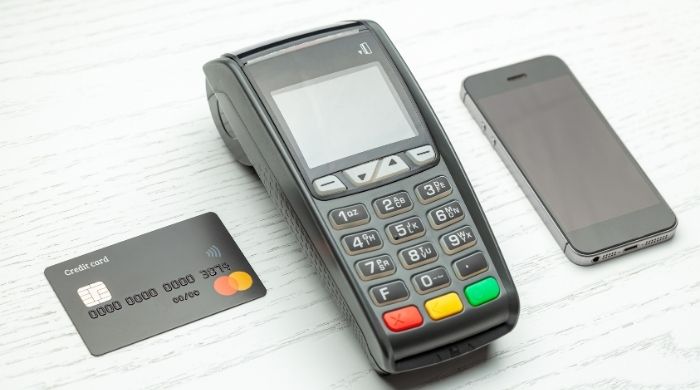In this blog, we’ll take a look at omnichannel payment processing—the different channels that make up omnichannel payment processing, important considerations, and security.
Many consumers have been changing the way they make purchases and pay bills. Consumers today want the convenience of being able to make purchases or pay bills anywhere and at anytime. Online and mobile payments have become a necessity for businesses to keep up with the growing trends. Some brick-and-motor stores have started to move to new methods for customer payments with check-out kiosks. Business that offer multiple payment channels understand the importance of meeting consumer demands.
What is Omnichannel Payment Processing
Omnichannel payment processing is offering multiple payment channels that are integrated and consistent with user experience. When customers connect with a business to make purchases or pay bills; they expect to see the same recognizable branding from start and through the payment process. Omnichannel payment processing plays a significant role in the success of all industries from collections, healthcare, e-commerce, utility companies, to insurance.
Omnichannel Payment Processing Channels
Offering omnichannel payment processing goes beyond the traditional pay-in-store or pay a bill on-line. Omnichannel payments can provide the ability to ACH, check, cash, debit card, or credit card. It offers customers convenience to pay in their preferred channel. Using omnichannel payment methods also can incorporate invoicing, recurring billing, and payment reminders.
Payment processing includes a variety of transaction types:
- Online Bill Payments
- IVR Bill Payments
- API Bill Payments
- Virtual Terminal or Web Portal Payment Processing
- Credit and Debit Card Payment Processing
- ACH Payment Processing
- Downloadable Mobile Payment App
- Check by Phone Payments
- Payment by Text
- Kiosk Payments
Considerations
The primary factor to consider of omnichannel payment processing is data integration. Payments processed in various channels need to provide a seamless experience and provide easy access; to both the business and consumer. It is important to have both marketing, operations, and payment processors integrated for a better experience. Many businesses rely on separate third-party payment providers for mobile payments, in-store payments, and online transactions, which prevents them from offering an omnichannel experience. Using separate payment providers can make it harder to manage and view payments. This can also make it harder for the customer to know and trust the user experience.
Using integrated payment processing is a key factor to creating a seamless customer and business user experience. All data must go to the same processor no matter where or how the payment is made. Incompatible payment channels can cause issues for customers and also make it hard for businesses to know when payments are made. One issue has been businesses having to use one system to check for ACH and another for credit card payments. Whether a payment is made using online, phone or paid with credit card or ACH; it should be easy accessed in one system, To take that step, businesses must choose technology that allows all payments to be viewed and managed in one integrated system or payment portal. One payment processor can ensure the user experience is properly branded no matter how customers choose to purchase merchandise or pay bills.
Omnichannel Payments and Security
Security should also be a high priority with implementing omnichannel payment processing. There are many regulations that surround payment processing. When choosing an omnichannel payment processor, they must be PCI DSS compliant for credit card transactions. Other critical elements of omnichannel payment processing include cross-platform tokenization and point-to-point encryption (P2PE), which ensures transaction security.
Full-service payment processing providers like PaymentVision offer seamless omnichannel payment processing technology; ensuring cross-functional solutions that create a smooth omnichannel experience for customers.











